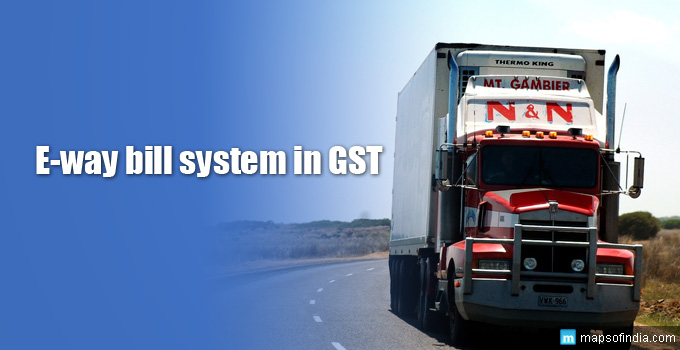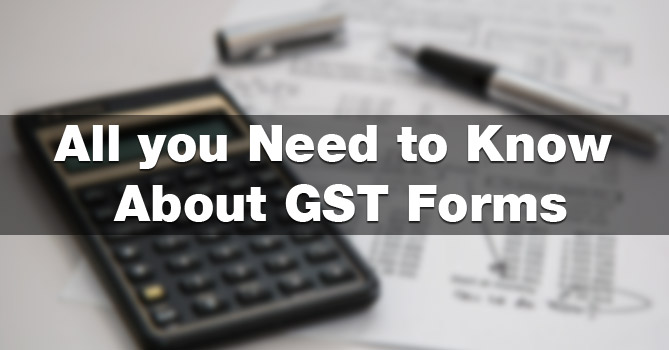With the rolling of Goods and Service Tax (GST) on 1 July 2017, the Government of India is now planning to launch the e-way bill system in GST. This will be implemented by October 2017, when the tax officials will be ready with all the registration and verification process through hand-held devices. There is a delay in the launch of the e-way bill system as the rules and forms are not yet ready. In the proposed GST council meeting on 5 August 2017, the system of implementing and launching of the e-way bill system will be discussed and accordingly, an all-India centralized consolidated e-way bill system platform will be developed.
What is E-way bill system?
According to one of the GST provisions, any good whose value is more than Rs. 50,000 need to be registered online before it can be moved to the market. For this, there is the need for a centralized software platform. Top IT officials from the National Informatics Centre (NIC), along with the GST-Network (GSTN), will be working on it so that the software system is ready by October, this year.
The highlighting features of E-way bill system
- The central government has extended the timeline provision for e-way bills generated by GSTN from 15 to 20 days at present. This will include goods travelling more than 1,000 km.
- GSTN will generate e-way bills. These bills will be valid for 1 to 20 days. The number of days allotted will depend upon the distance to be travelled.
| Days | Distance |
| 1 | 100 km |
| 3 | 100 to less than 300 km |
| 5 | 300 to less than 500 km |
| 10 | 500 to less than 1,000 km |
- It has also been reported that the GST Commissioner may extend the validity period for displaying e-way bills for certain categories of goods.
- There are also news report of the government exempting the import of aircraft, aircraft engines and parts obtained on lease from the purview of the GST.
States using e-way bill system
Certain states which have already been using a robust e-way bill system have been allowed to continue with the existing form till the time the centralized system is developed. These states are:
- West Bengal
- Kerala
- Bihar
- Odisha and
- Andhra Pradesh
Draft of the e-way bill system rules
According to the draft of the rules of the e-way bill made public in April (though these rules are not the final ones), the person in-charge of conveyance or the driver of the vehicle will be required to carry the invoice or bill of supply or delivery challan. Along with it, he should also carry a copy of the e-way bill or the e-way bill number. This number will be mapped to a Radio Frequency Identification Device (RFID) embedded on to the conveyance.
The tax commissioner or his assistant on his behalf is authorized to stop any conveyance/vehicle to verify the e-way bill or the number in physical form for all inter-state and intra-state movement of goods.
As per the rules, physical verification of conveyances can be carried out in case of any specific information on tax evasion.
The officer on duty after checking the e-way bill will be required to submit a report summary of every inspection of goods within a day and the final report within three days of inspection.
Read More About GST
What is GST?
How to register for GST?
Various Goods and Services Tax forms
GST Rule Changes
Implementation of the GST in India
Costlier Or Cheaper Under GST?
Revised GST Rate List
Different GST Return Forms





